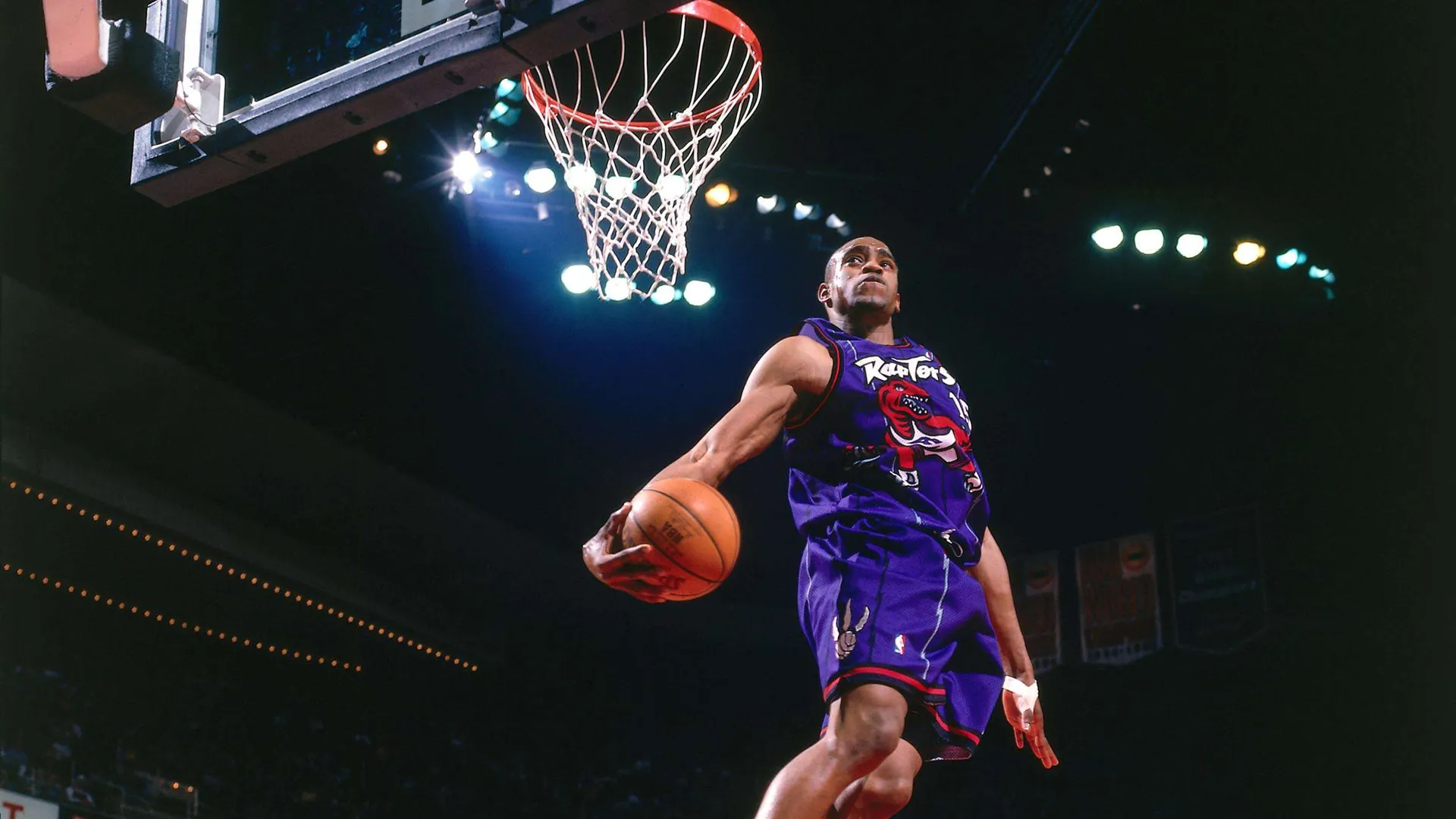Dunking a basketball is more than just an impressive move; it’s a combination of athleticism, technique, and practice. Achieving the perfect dunk requires not only raw physical power but also fitness and precision. This guide explores the essential techniques and exercises to improve vertical jump, helping players elevate their game and execute dunks with style and consistency. Incorporating these exercises into your routine can make a significant difference in your ability to dunk.

Building strength and explosiveness
- Leg and Core Strength
The foundation of a powerful dunk lies in the strength of the legs and core. Exercises such as squats, lunges, and deadlifts target the major muscle groups in the legs, while planks, Russian twists, and leg raises strengthen the core. A solid lower body and core are essential for generating the force needed to propel the body off the ground.
- Plyometric Training
Plyometric exercises are designed to increase explosive power, which is crucial for dunking. Box jumps, depth jumps, and bounding exercises help develop the fast-twitch muscle fibres needed for quick, explosive movements. Incorporating plyometrics into a training routine enhances the ability to jump higher with more force.
Perfecting the Jump
- Vertical Leap Technique
Improving vertical leap is key to dunking success. The approach involves a coordinated effort of the arms and legs. Swinging the arms upward while pushing off the ground with maximum force can add several inches to a vertical jump. Players should also focus on their takeoff, ensuring that they use the balls of their feet to spring upward.
- Timing and Coordination
Dunking isn’t just about jumping high—it’s about timing and coordination. Players must learn to time their jumps precisely to catch the ball at the peak of their leap. Drills that focus on catching the ball mid-air and finishing strong at the rim are essential. Practicing with a partner who can provide loop passes can help improve this timing.
Hand Placement and Ball Control
Grip Strength
Having a strong grip on the basketball is crucial for maintaining control during a dunk. Exercises such as wrist curls, hand grippers, and fingertip push-ups can enhance grip strength. Players should practice palming the ball to develop confidence in their ability to hold onto it as they soar towards the hoop.
- Ball Handling Skills
Before attempting a dunk, solid ballhandling skills are necessary. Dribbling drills, crossover moves, and spins can help players maintain control of the ball during their approach to the basket. Being comfortable with the ball in hand allows for a smoother transition from the dribble to the jump.
Mental preparation and visualisation
- Focus and confidence
Mental preparation is as important as physical training. Players should approach each dunk attempt with focus and confidence. Visualisation techniques, where the player imagines successfully completing a dunk, can reinforce positive outcomes and build self-assurance. Confidence in one’s ability is often the difference between a successful dunk and a missed opportunity.
- Overcoming Fear of Failure
Fear of failure can be a significant barrier to dunking. Players must learn to embrace the possibility of missing and use it as motivation to improve. Practicing regularly and pushing through failures builds resilience and ultimately leads to success.
Conclusion
Mastering the art of dunking requires a combination of strength, technique, and mental fortitude. To make yourself an expert on building explosive power, perfecting jump timing, improving ball control, and fostering a strong mindset, players can elevate their dunking game to new heights. Additionally, learning how to shoot better at basketball can significantly enhance overall performance on the court. For those looking to dive deeper into the world of basketball, including dunking and shooting, Dunk Journal offers comprehensive information with scholarly articles, guides, and insights to help players reach their full potential.
